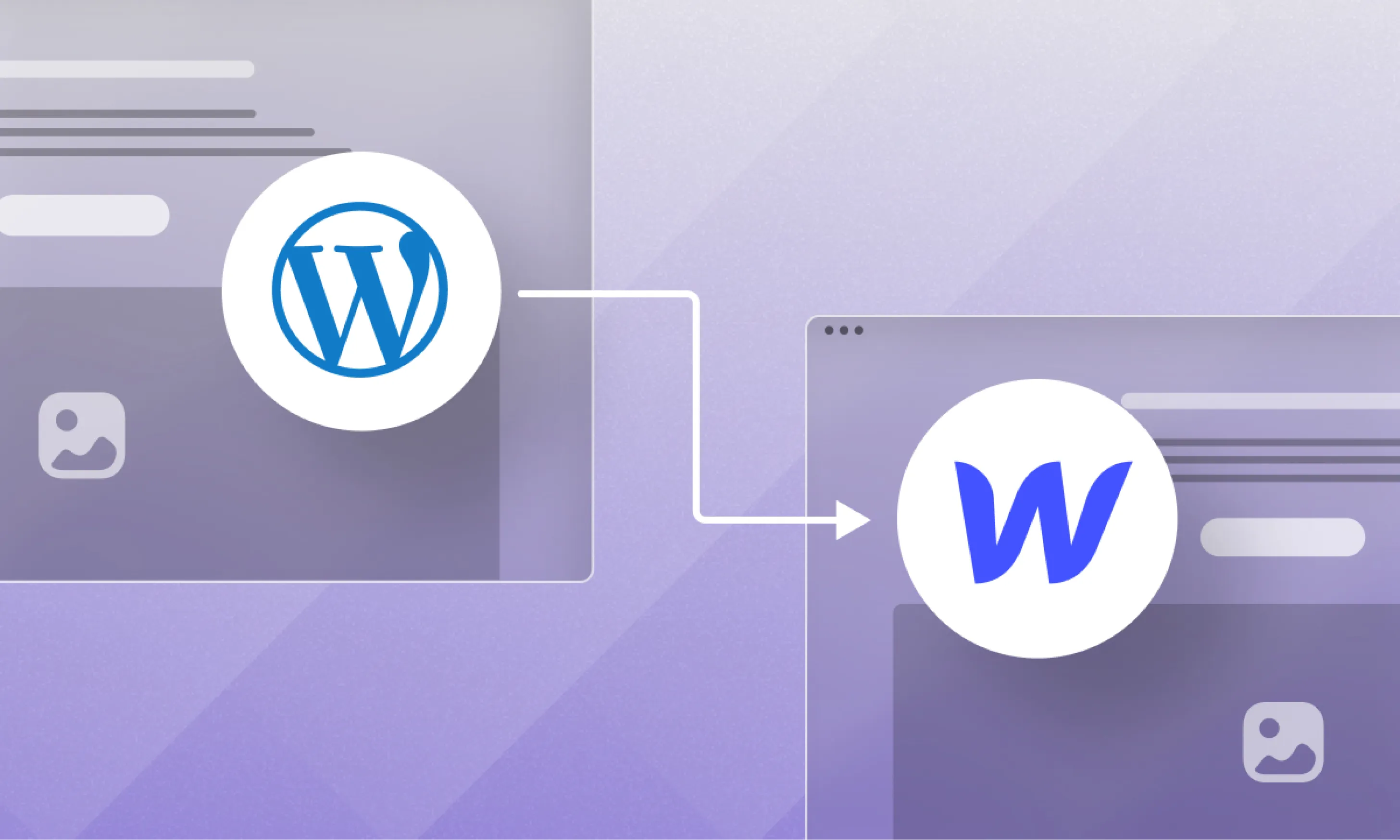Webflow vs Bubble: Which No-Code Platform is Right for You?

There are numerous tools on the market for creating websites and web applications. Webflow and Bubble are two well-liked choices. You can build a website using neither platform without writing any code. They use different approaches to creating and developing websites, though.
Webflow

Webflow is a visual web design and development tool that allows users to create responsive websites without writing code. It offers a drag-and-drop interface and a visual CMS for managing website content.
Bubble

Bubble is a no-code platform that lets you build and launch web applications without coding. It offers a drag-and-drop interface for building the front-end of your application, and a visual editor for creating workflows and logic for the back-end.
Users may build responsive websites with Webflow, a visual online design and development tool, without having to write any code. It provides a visual CMS (content management system) with a drag-and-drop interface that makes managing website content simple. Additionally, Webflow offers a huge collection of templates and connectors with well-known third-party services.
On the other side, Bubble is a no-code platform that enables you to create and publish online applications without writing any code. It provides a drag-and-drop interface for developing your application's front end and a visual editor for building the back end's workflows and logic. Additionally, a variety of plugins and integrations are available for Bubble. On the other side, Bubble is a no-code platform that enables you to create and publish online applications without writing any code. It provides a drag-and-drop interface for developing your application's front end and a visual editor for building the back end's workflows and logic. To increase the functionality of your application, Bubble additionally offers a huge selection of plugins and integrations.
Which is better, then? Your individual requirements and the kind of project you are working on will determine this.

When deciding between Webflow and Bubble, keep the following points in mind:
1. Ease of use

Webflow is typically seen as being more approachable and simple to use than Bubble. Its visual CMS and user-friendly drag-and-drop interface make managing website content simple. On the other hand, using Bubble efficiently has a higher learning curve and requires more technical understanding.
2. Flexibility

Both platforms provide a great deal of design and functional freedom. Webflow is typically thought to be less adaptable and adjustable than Bubble. With Bubble, you can design intricate online apps with unique logic and operations. Simpler websites and portfolios are better suited for Webflow.
3. Pricing

Depending on your demands, both systems provide a variety of price options. Pricing for Webflow ranges from $12 per month for basic hosting to $36 per month for premium features. Pricing for Bubble ranges from $25 per month for a basic subscription to $475 per month for enterprise capabilities.
4. Integration and customization

To increase their functionality, both platforms provide a large selection of integrations and plugins. Webflow is typically thought to be less customizable than Bubble. Bubble allows you to build unique workflows and logic, whereas Webflow has less options.
5. Support

Webflow and Bubble both provide customer support, but Webflow is renowned for its top-notch service. Email, live chat, and phone help are among the methods they provide for customer service. On the other side, Bubble provides a support forum where users may post queries and solicit assistance from the neighborhood. They also provide email help, but only their higher-tier services have access to live chat and phone support.
6. Scalability

Both platforms are scalable, however most people believe Bubble to be more scalable than Webflow. With Bubble, you can build intricate apps that have unique workflows and logic and can manage a lot of traffic. Smaller websites and portfolios are more suitable for Webflow.
7. SEO

Both platforms offer basic SEO tools, but Webflow is better suited for SEO optimization. With Webflow, you can easily optimize your website for search engines using their built-in SEO tools. Bubble offers basic SEO tools, but you may need to use third-party plugins for more advanced SEO features.
Conclusion
In conclusion, both Webflow and Bubble offer a no-code platform for building websites and web applications. While Webflow is better suited for simpler websites and portfolios, Bubble is a better option for creating complex web applications with custom workflows and logic. Ultimately, the choice between the two platforms depends on your specific needs and the type of project you are working on.
Need any help with your website? we are here to help you out.
Schedule a free call.webp)



